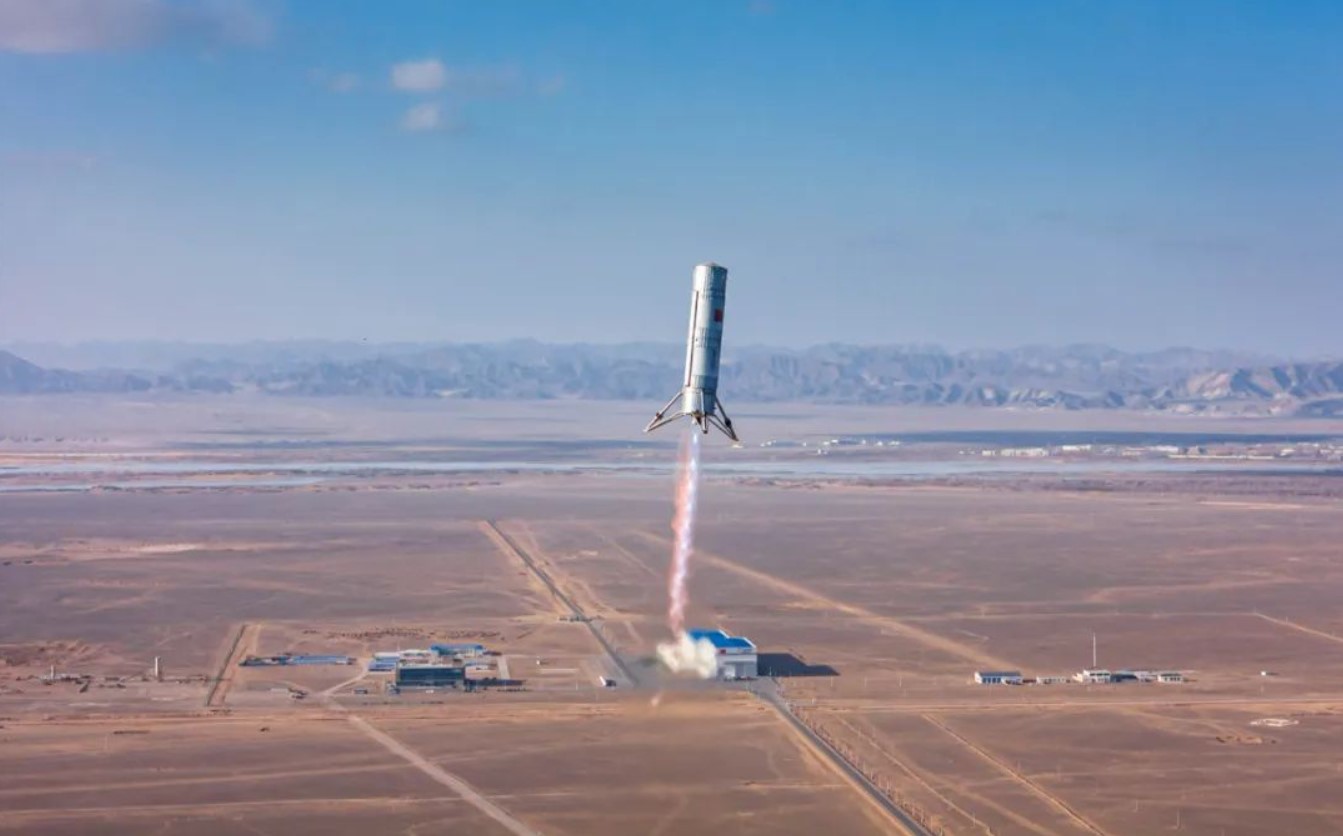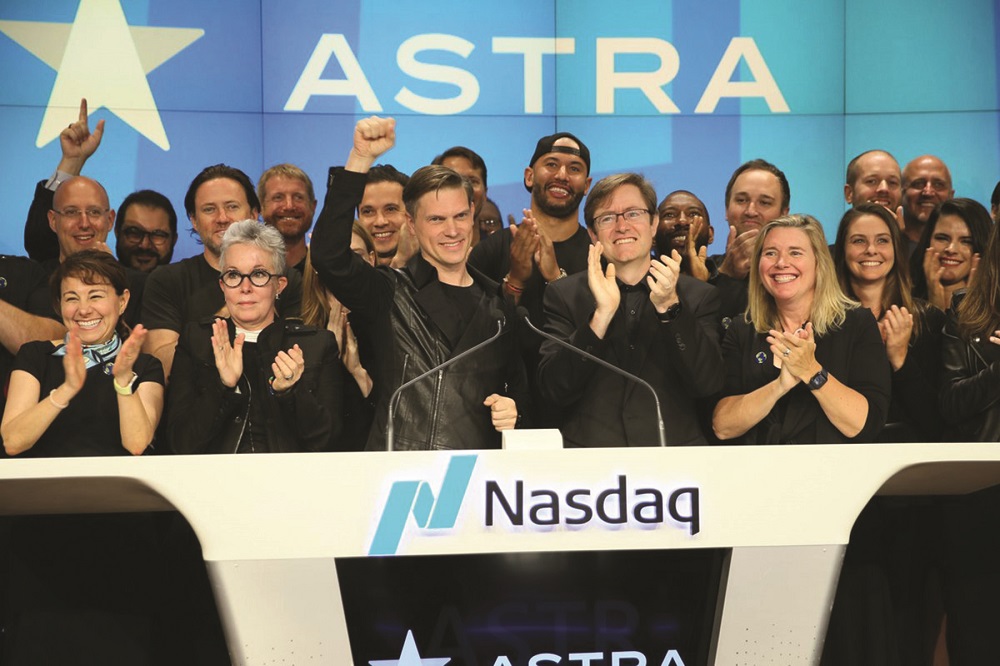Not exactly front page news, but H2 launched yesterday.
The next H3 attempt (recall that the first one failed) is coming up in a few weeks. 2024 is shaping up to be a potentially good year for new heavies: Vulcan, hopefully H3, possibly Ariane 6, presumably Starship, maybe New Glenn, and maybe Neutron.
The next H3 attempt (recall that the first one failed) is coming up in a few weeks. 2024 is shaping up to be a potentially good year for new heavies: Vulcan, hopefully H3, possibly Ariane 6, presumably Starship, maybe New Glenn, and maybe Neutron.





